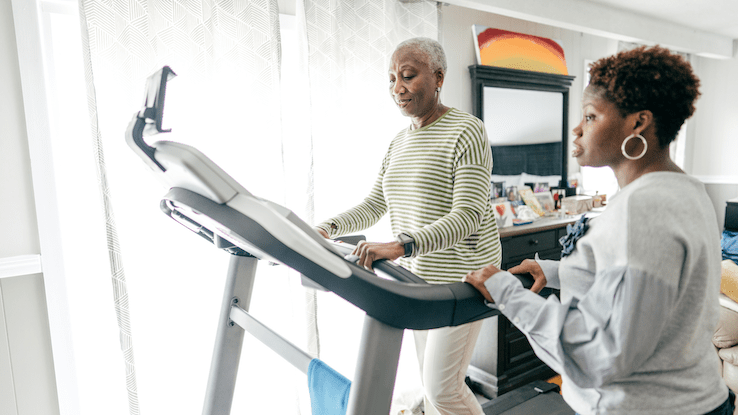
Thinking of upping your at-home cardio game? When it comes to in-home fitness, elliptical machines and treadmills both offer a variety of benefits. But which one should you choose? Given that both are major purchases, it’s important to weight the pros and cons of an elliptical machine vs. treadmill before you buy.
While both offer great health benefits, there are a few key differences that will help determine which exercise machine is right for you. Check out these key elements to consider.
Pros of Ellipticals
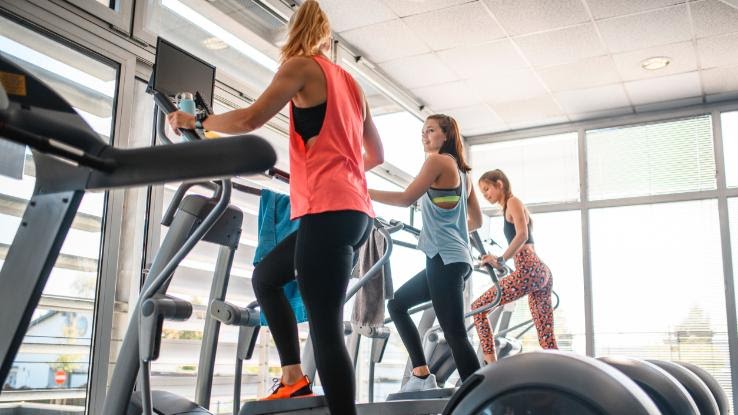
One of the biggest pros of elliptical machines is that they’re low-impact and gentler on your joints. If you find yourself turned off by the jarring motions associated with running or jogging, then the smooth, gliding motion of the elliptical may be more comfortable for you.
If you have arthritis or chronic pain in your back, hips or knees, the elliptical may help you exercise with less pain — and avoid further damage to these joints. For the same reason, the elliptical is great for people who are recovering from injuries but still looking to get in a good workout.
Despite the fact that it’s a low-impact machine, you can still get an intense aerobic workout and burn plenty of calories on an elliptical. And because ellipticals have handles, they give your upper body a workout, too. You can also pedal backwards on most ellipticals to target slightly different muscles in your lower body.
Cons of Ellipticals
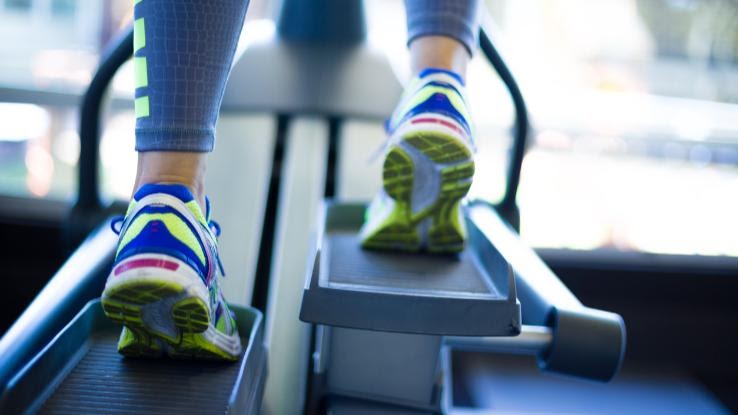
While the elliptical may be great for those with joint problems, it’s not the best when it comes to strengthening bones. Ellipticals don’t provide as much healthy pressure on your bones as jogging a treadmill does.
Ellipticals don’t provide the same type of motion as running, so they may not be the best choice if you’re training for a 5K or other road race. They also generally have fewer incline setting options, so they may get boring faster if you like variety in your workouts.
Last but not least, the elliptical can feel a bit awkward at first, simply because it involves moving your body in a way that you don’t normally move. So before you drop a lot of money on a home elliptical, it’s definitely worth trying one out at your local gym until you get the hang of it.
Pros of Treadmills
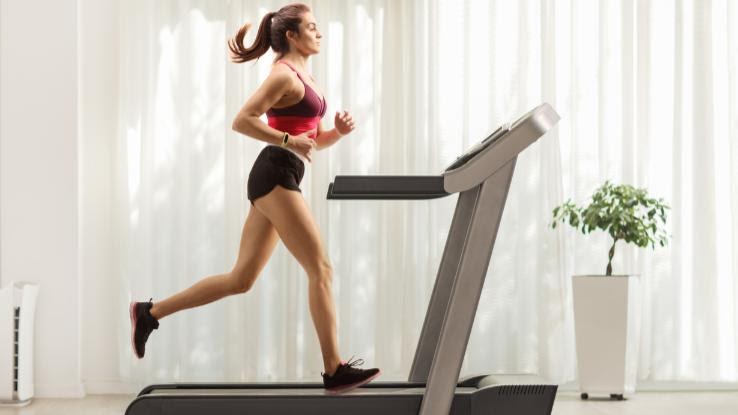
The treadmill has been a popular exercise machine for decades, and newer varieties offer even more options than their old-school predecessors. And there are lots of ways to use these machines — from low-intensity walking to high-intensity running, all with a variety of inclines to choose from.
Treadmills tend to be great not only for improving your cardio fitness but also for burning calories. Many allow you to enter your stats, such as weight and age, and then keep track of your heart rate to show you how many calories you’ve burned throughout your workout. And the repetitive impact of jogging or running (or even walking) on a treadmill can help keep your bones healthy and strong.
Treadmills are also great for strengthening your leg muscles and working a variety of muscle groups, including your quads, calves and glutes. And they may be your best bet if you’re training for an actual race, as they’ll better mimic the high-impact motion of running outdoors than an elliptical machine workout.
Cons of Treadmills

One of the biggest cons of a treadmill is how much more stress it can put on your joints than an elliptical machine. If you have joint pain of any sort, or a chronic condition like arthritis, then you may find running on a treadmill uncomfortable. However, walking on a treadmill could still be a good option.
The amount of calories you burn on a treadmill vs. elliptical ultimately depends on the settings you’re using. But one of the biggest differences comes down to which muscles you want to target. Treadmills can be great for strengthening certain leg muscles but don’t offer the reverse pedaling or upper body involvement of ellipticals.
Treadmills may also come with a higher risk of injuries like shin splints or knee injuries, so make sure that you warm up before your workout. And if something feels uncomfortable or painful, stop and talk with your doctor about your workout routine.
When to Choose Treadmill vs. Elliptical
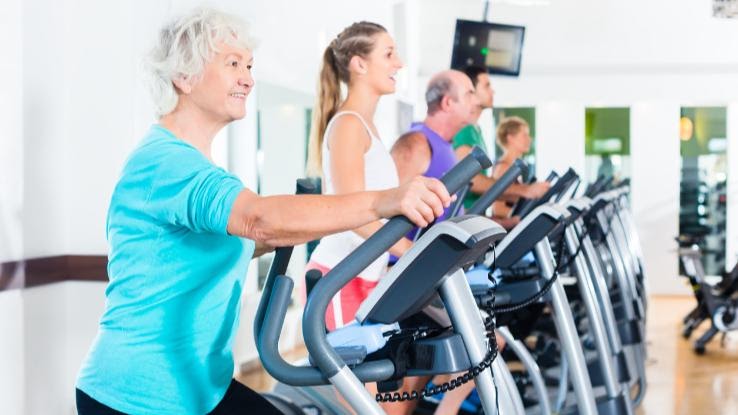
The bottom line is that both treadmills and elliptical machine workouts offer plenty of benefits. The real difference is that treadmills tend to be higher-impact, which may actually be a good thing if you’re training for a road race or are looking to strengthen your bones. As long as you’re not prone to injuries, then a treadmill may offer you more options to reach your goals.
If, on the other hand, you’re looking for all the benefits of a great cardio workout without all the stress on your joints, then the elliptical may be the best choice for you.
Still not sure which to choose in the elliptical machine vs. treadmill debate? See whether any local gyms in your area offer free trials. That way, you can try out both types of machines before you buy. And if you have health conditions or a recent injury, ask your doctor which type of exercise machine is best for you.
Resource Links:
- “Treadmill or Elliptical? How to Decide What’s Best for Your Workout” via Cleveland Clinic
- “Are Elliptical Machines Better than Treadmills for Basic Aerobic Workouts?” via Mayo Clinic





